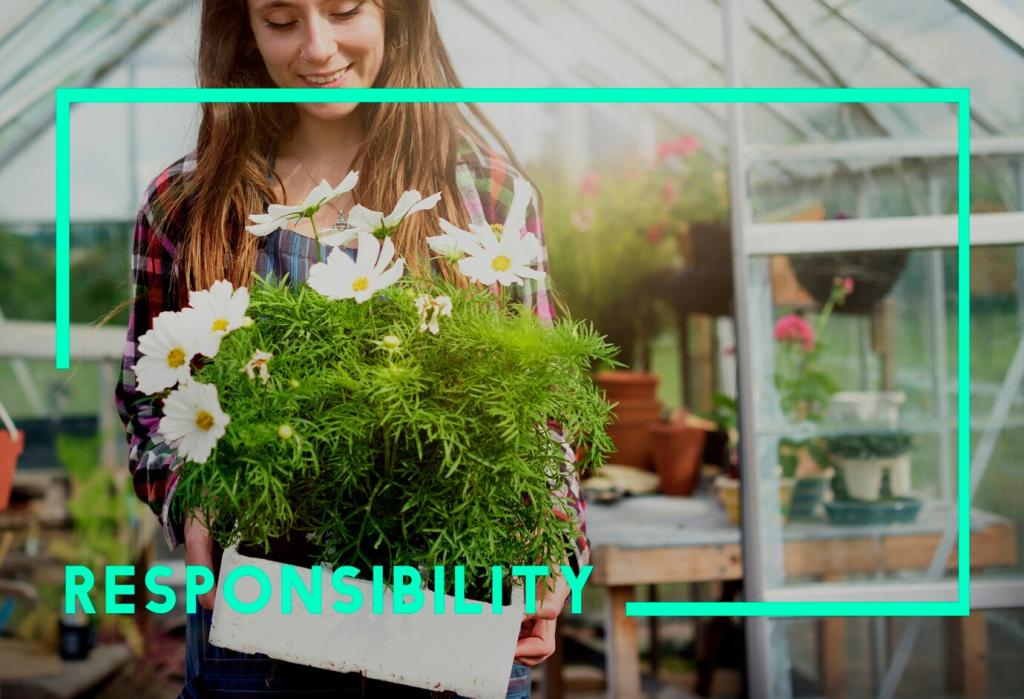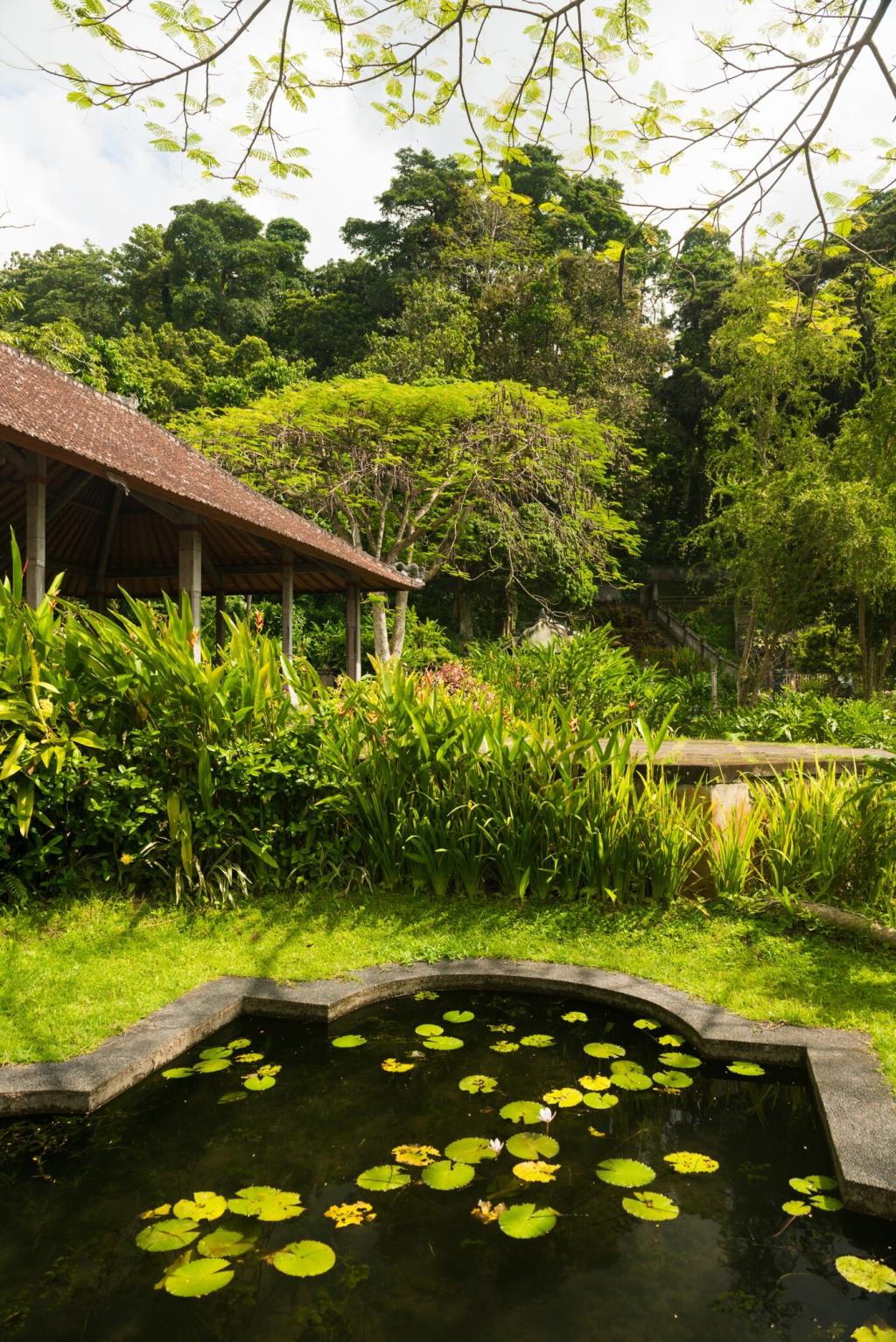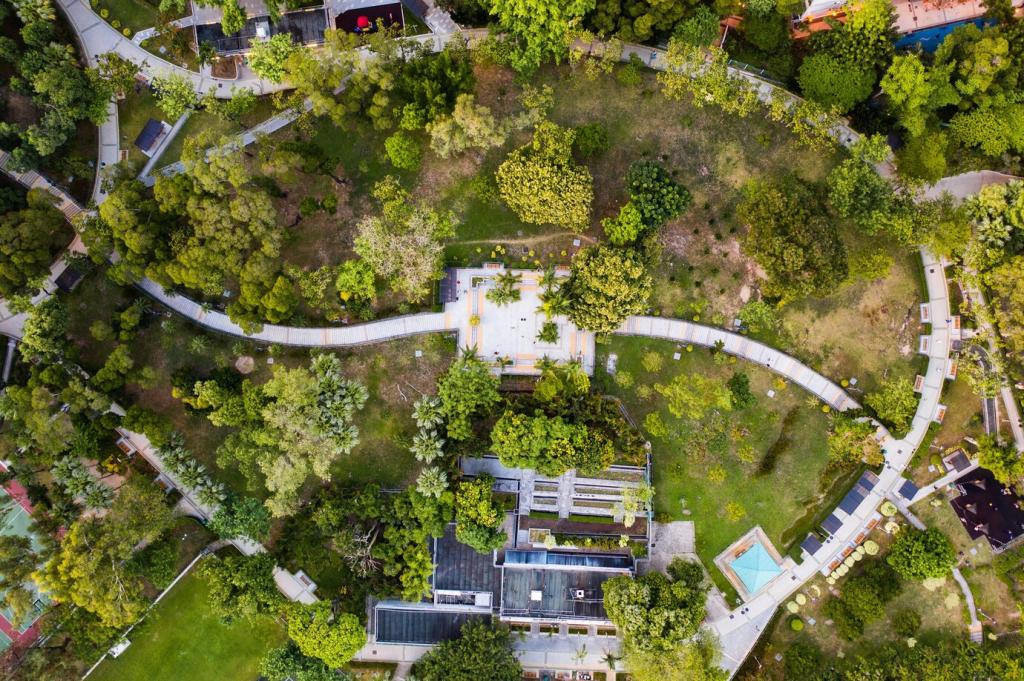
Creating a Green Space with Renewable Resources
Creating a green space using renewable resources is an inspiring way to foster sustainability, reduce your carbon footprint, and contribute to environmental well-being. By integrating renewable materials, energy solutions, and eco-friendly practices into landscapes or gardens, you not only enjoy a beautiful and healthy environment but also set an example of responsible stewardship for others. Embracing renewable resources in your green space design allows you to create a haven that thrives in harmony with nature, promoting biodiversity, natural cycles, and long-term environmental health. This comprehensive guide explores key aspects of creating a green space with renewable resources, highlighting strategies, materials, and energy solutions that can transform any outdoor area into a sustainable sanctuary.
Planning Your Sustainable Green Space
Assessing Site and Resources


